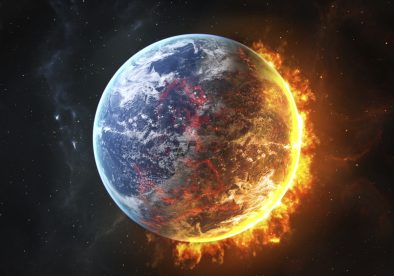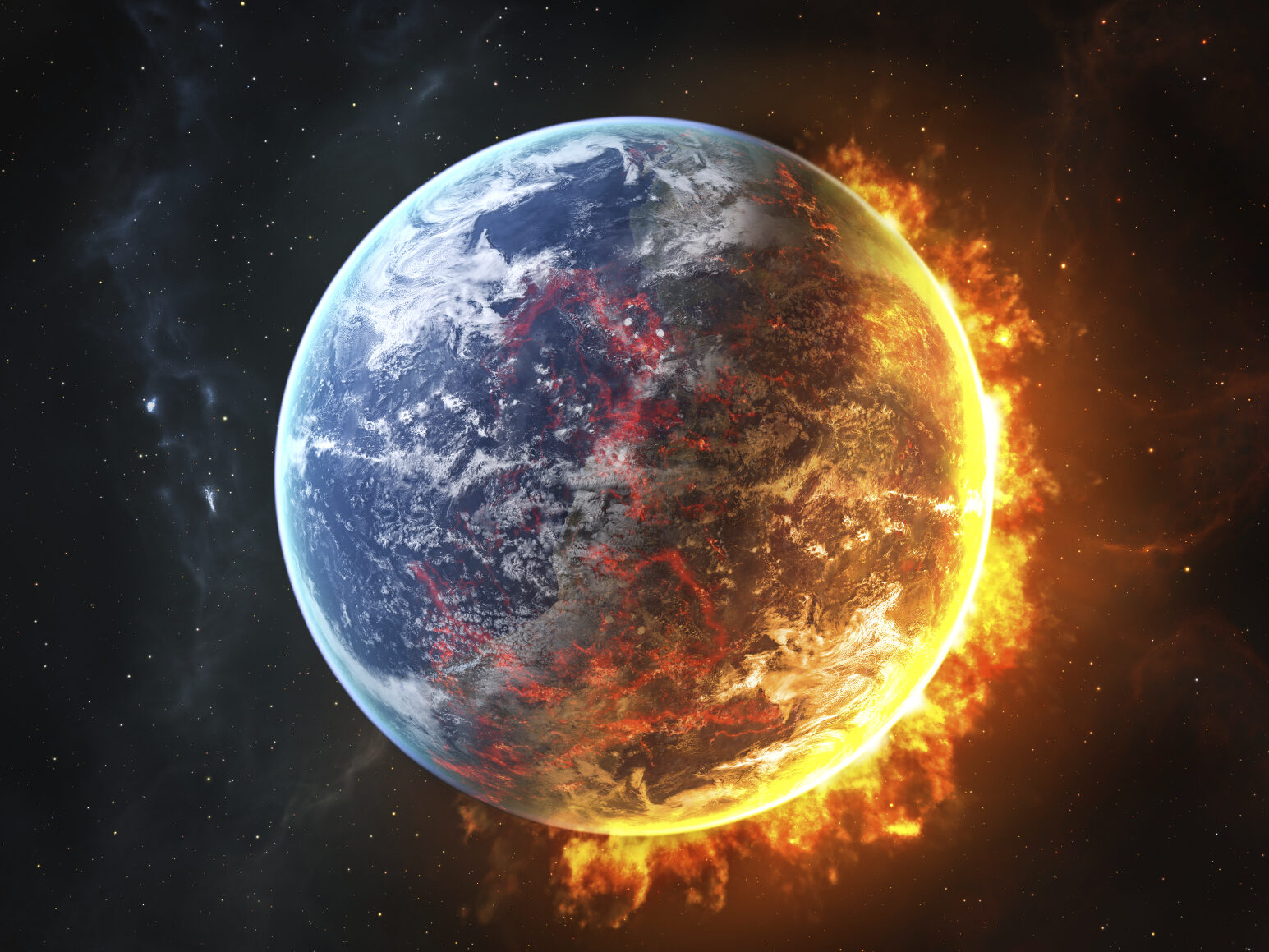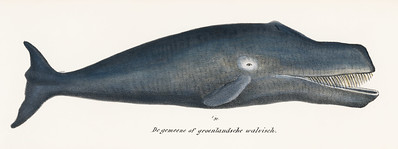It seems life can be found everywhere. Recent reports from the International Space Station have even found sea plankton living quite happily on the outside of the station’s windows.
While Earth today is mostly benign to life, there have been a number of mass extinction events, most famously the meteor strike 65 million years ago that supposedly ended the reign of the dinosaurs.
When I was creating the planet Horizon, the target for my stellarnaut explorers, I imagined what life might be like there, what extinction events might have occurred and how life might have survived. Certainly on Earth, the two key necessities of life are liquid water and oxygen. And you can add heat to that mix if there’s an ice age scenario: the most common cause of mass extinctions.
Without giving too much away, there is life on Horizon, but it’s very hard to find because it became imprisoned within a relatively small part of the planet’s biosphere during an ice age that almost turned the planet into a giant snowball. Even aquatic life wasn’t immune to the severity of the cold that gripped the world, and it was forced to seek what warmth it could around ‘black smokers’.
These hydrothermal vents exist on Earth’s ocean floor as well. The deepest yet discovered is five kilometres below the surface of the Caribbean Sea. Life at that depth is very sparse due to the darkness, cold and pressure, but the vents, which are large chimneys sitting astride underwater volcanic rifts, provide a haven for creatures that have become uniquely adapted to the extreme conditions there. Some bacterium have been found near black smokers living in blistering temperatures of 121 degrees C.
Unfortunately these environments are sometimes lacking in oxygen, as the vents pump out large volumes of sulphides. But life can exist even without oxygen it seems. In the North American Great Lakes, scientists have found cyanobacteria that derive energy by photosynthesising sulphur instead of oxygen, and other such bacterial communities have been found around hydrothermal vents.
The mystery creatures on Horizon survive through a symbiotic relationship:
‘Imagine one small group of sea-going creatures seeking to escape the cold and taking up residence around the vents of an underground volcano. Pickings are slight down there, and what oxygen is available is badly tainted with smoker gases. The survivors are looking at slow, inevitable extinction. That is until something wonderful happens. Something totally unexpected. A symbiotic relationship is struck up between an extremophile microbe of the deep ocean and some of the surviving creatures, which allows them, through progressive generational mutations, to derive energy directly from a new source — the hydrogen sulphide cycle.’
Of course, what those creatures are, how they survive and what that means for the mission, I can’t reveal. But their existence has repercussions not only for the crew of my explorer ship, but for the rest of humanity back on Earth.
Picture credit:“Bowhead Whale Whale Original Antique Ocean Marine Mammal Handcolored Sealife Lithograph. Digitally enhanced from our own original plate.” by Free Public Domain Illustrations by rawpixel is licensed under CC BY 2.0 .


